The development of the fireplace changed our lives in more ways than we can imagine. As well as making the home safer, warmer, more comfortable, and much less smoky, the twelfth century invention of the chimney and fireplace changed the very structure of our houses. Here are some examples of the way the fireplace revolutionised domestic life. It created "upstairs" The introduction of the fireplace enabled us to move upstairs. The central hearth, with the smoke hanging around overhead, made the idea of an upstairs space impossible. Now there was a chimney (of sorts) taking away this head-wreathing smoke, and no smoke hole in the roof, it was possible to build upstairs rooms.
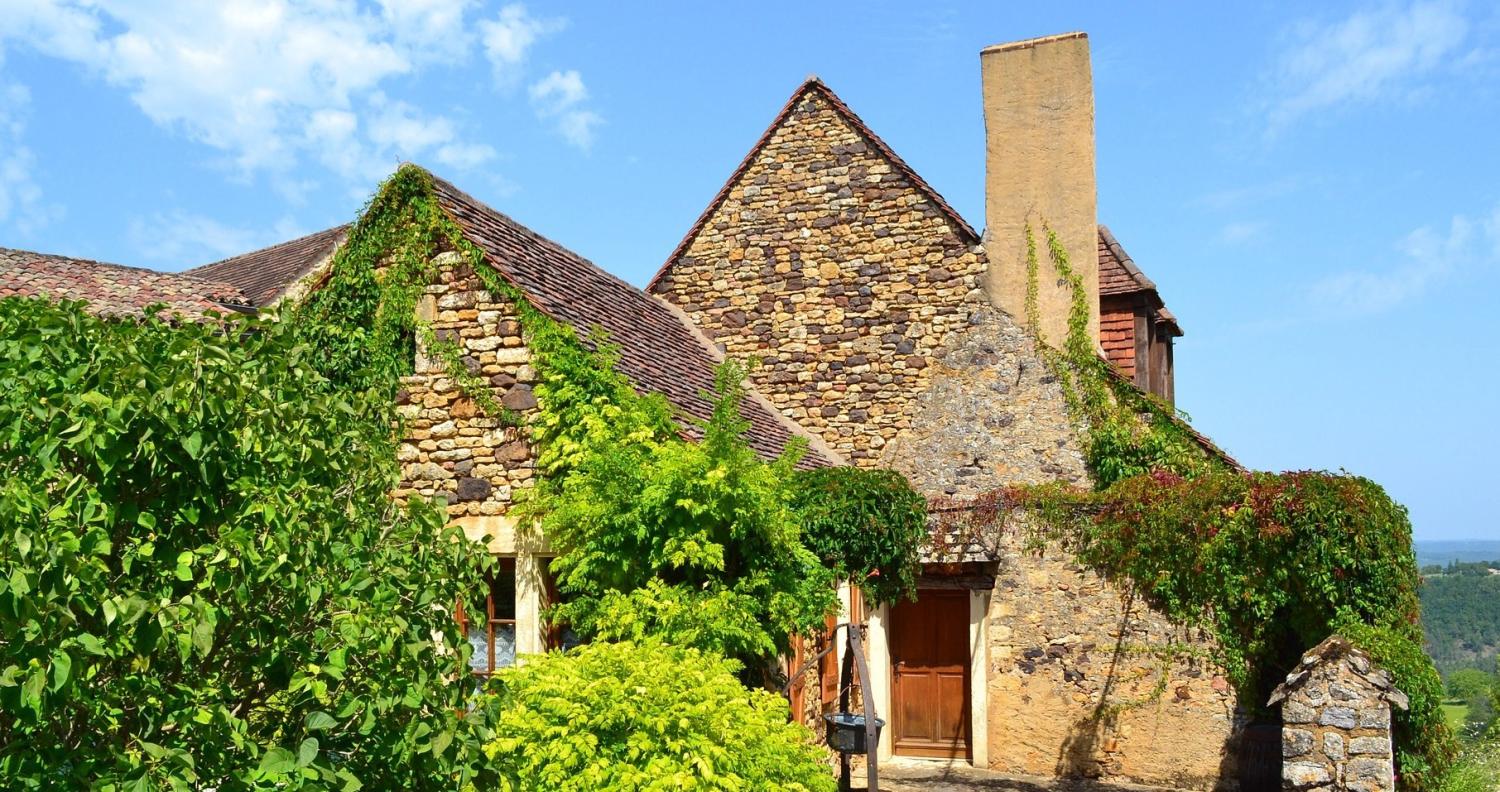
Naturally, it was the lord not the servants who moved upstairs, away from noises and smells of everyday life. The "solar" was a room for the family to live and sleep in, usually well-decorated and with its own fireplace. Cooking continued on the downstairs hearth in the "Great Hall", where meals were taken and where retainers slept. In this way, the fireplace was responsible for the start of the "upstairs/downstairs" class system. To recreate the look of a medieval solar, try an antique stone fireplace in the Gothic style.
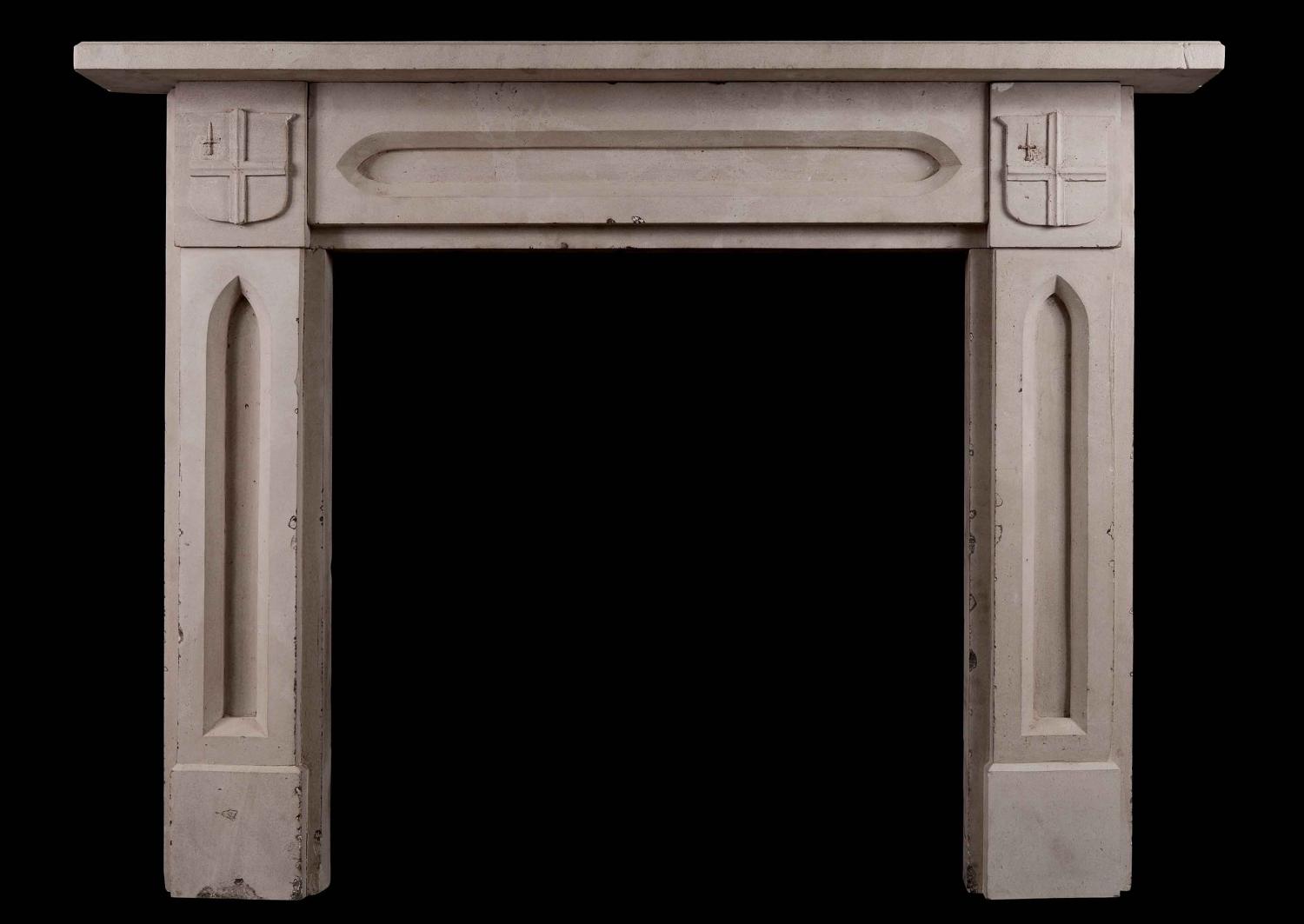
Smaller rooms were possible Previously, building smaller rooms would have been perfectly possible - but undesirable in a colder climate. It wouldn't have been possible to heat a small bedroom-sized chamber using a central hearth. With the development of the chimney piece, the wealthy at least were able to enjoy both warmth and privacy.
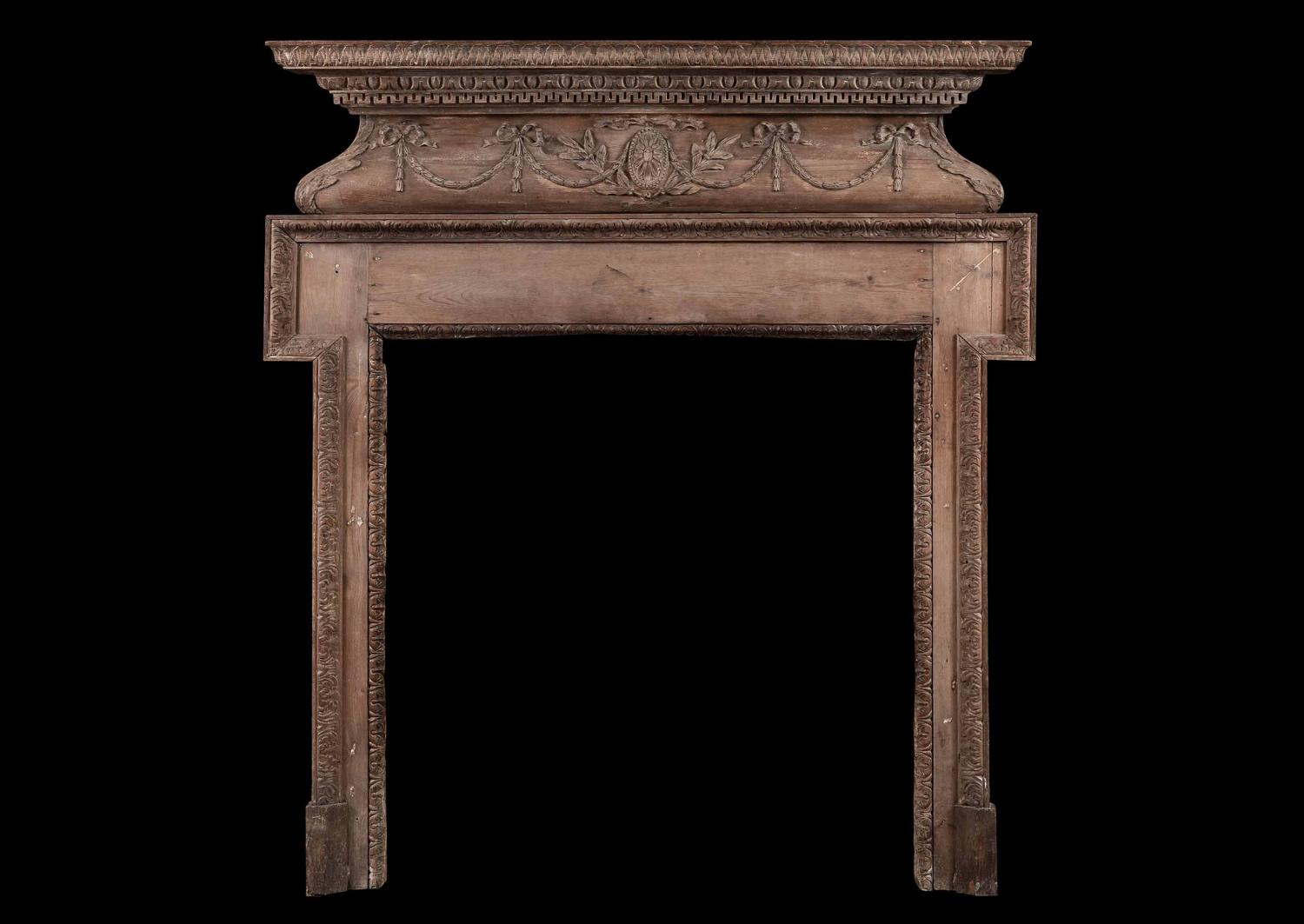
This carved wooden Georgian-style fireplace is a good example of a smaller fire surround for a bedroom. By this period, homes were subdivided into smaller rooms, and those who could afford it had fireplaces in each room. Home baking could happen Cooking over a central hearth was limited, and must have resulted in some pretty carbonated offerings. For centuries, even after the demise of the central hearth, many foods were simply boiled in a large pot suspended over the fire - unless you happened to live in a castle and have access to an enormous fireplaces complete with spit and ovens. Baking at the domestic hearth was not possible, so most housewives took their dough or pastry to the communal ovens in the local bakehouse. The Industrial Revolution saw the mass manufacture of cast iron stoves - and suddenly, households had their own ovens.
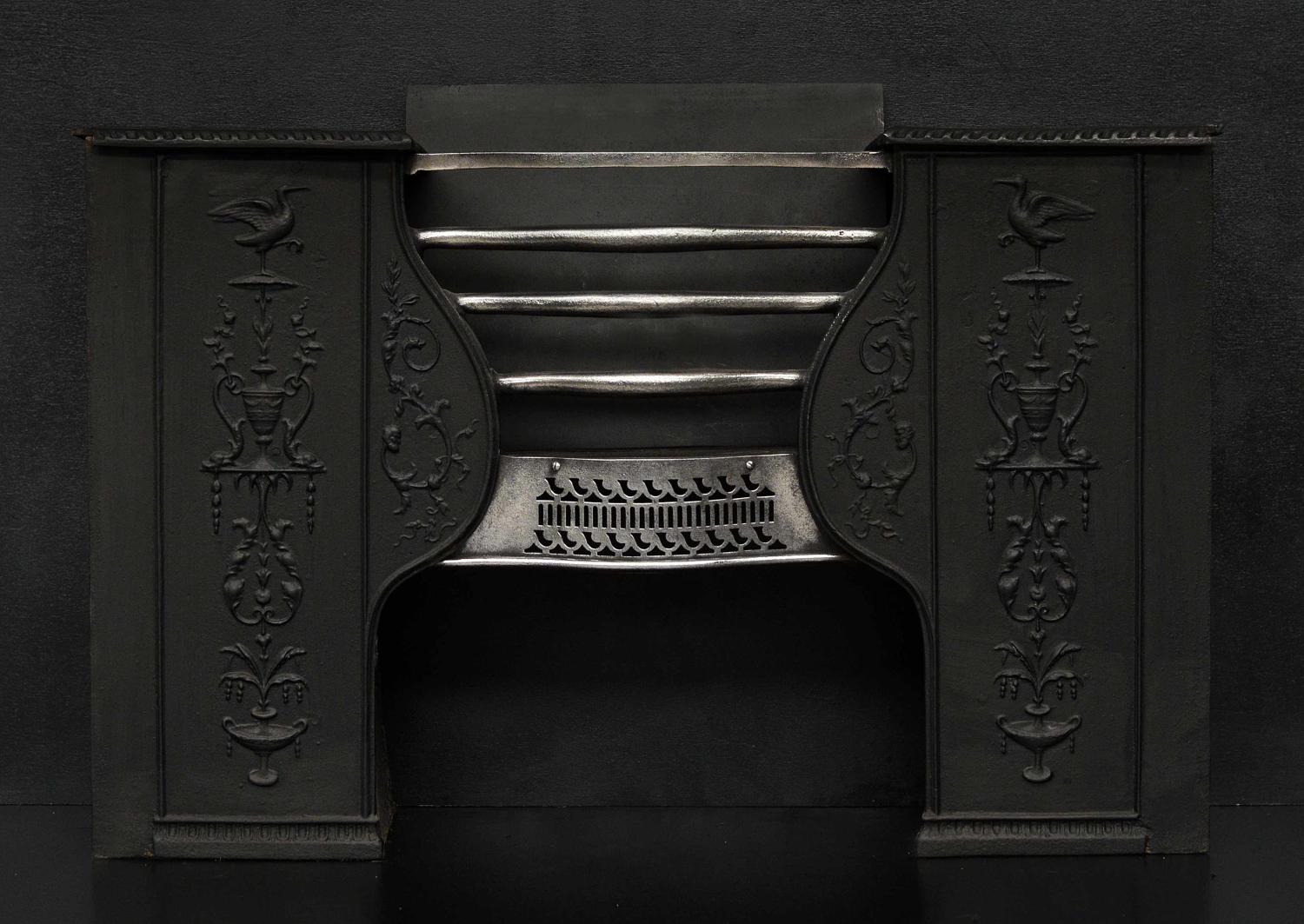
These days, the range-style fireplace is still popular, although for aesthetic rather than practical reasons. Here is a late Georgian cast iron hob grate, with some wonderfully intricate patterning. A new sort of space developed Losing what was effectively an indoor bonfire from the centre of the room changed the space in many ways. There was no longer smoke everywhere, or a hole in the roof. Furniture could be arranged differently, and fabrics were not constantly at the mercy of smoke and ashes. However, early fireplaces did not give off the heat of their centrally-located predecessors - if you weren't next to the fire, you didn't enjoy its warmth. In the eighteenth century, modifications by Benjamin Franklin and Count Rumford improved the airflow and the radiant heat, making the modern fireplace far more efficient.
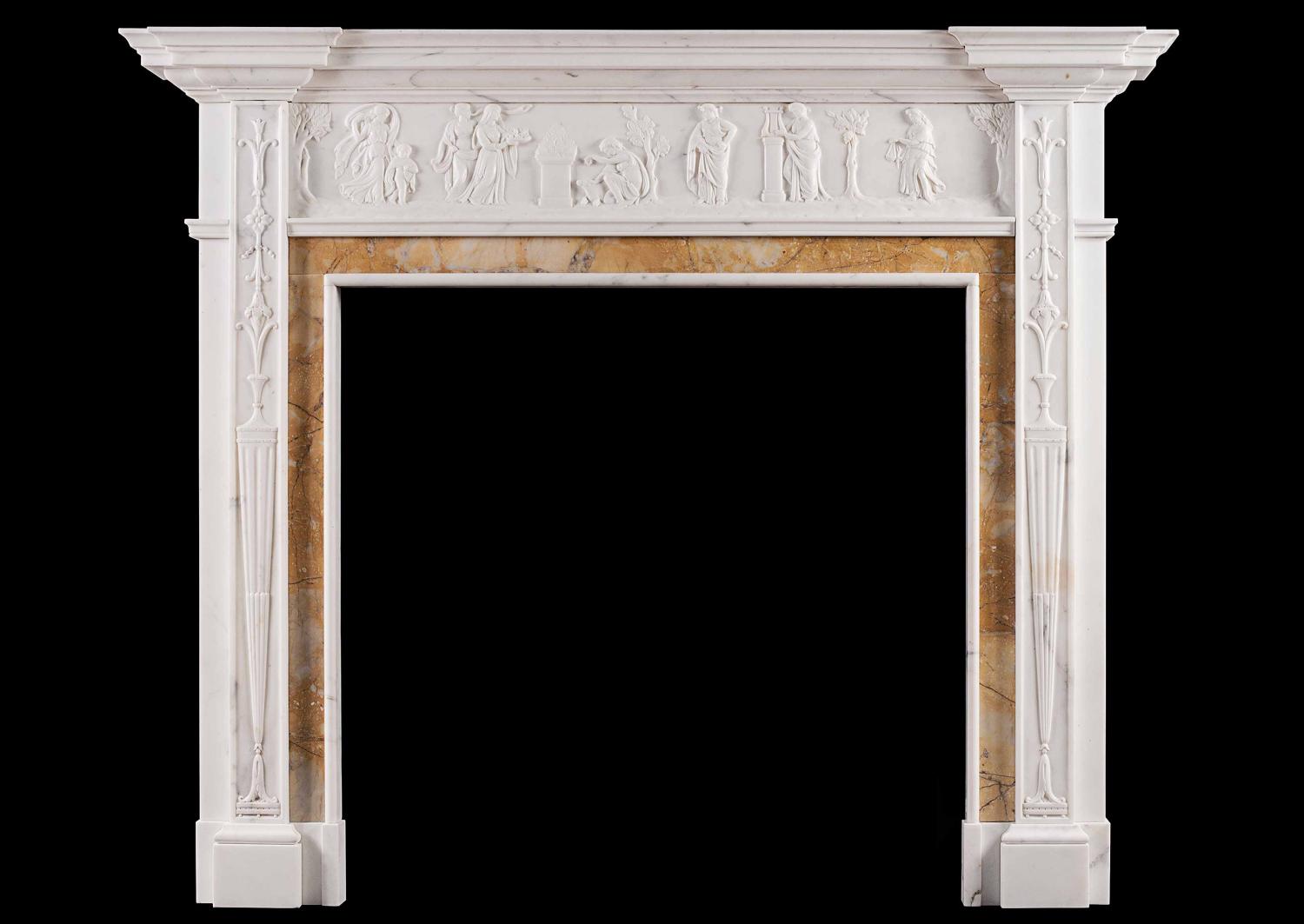
The fireplace developed into a thing of beauty in its own right. Marble became popular in the Georgian period, with some simply stunning fire surrounds like this neo-classical English Statuary marble fireplace. The fireplace was now the aesthetic focal point of the room. But from the Middle Ages to the present day, one thing remains unchanged: the fire has always been the heart of the home, the place where people (and pets!) choose to congregate for comfort and companionship as well as heat. As far as revolutionaries go, the fireplace is a very benign one. Have a look at the collection, and please contact us to find out more.


